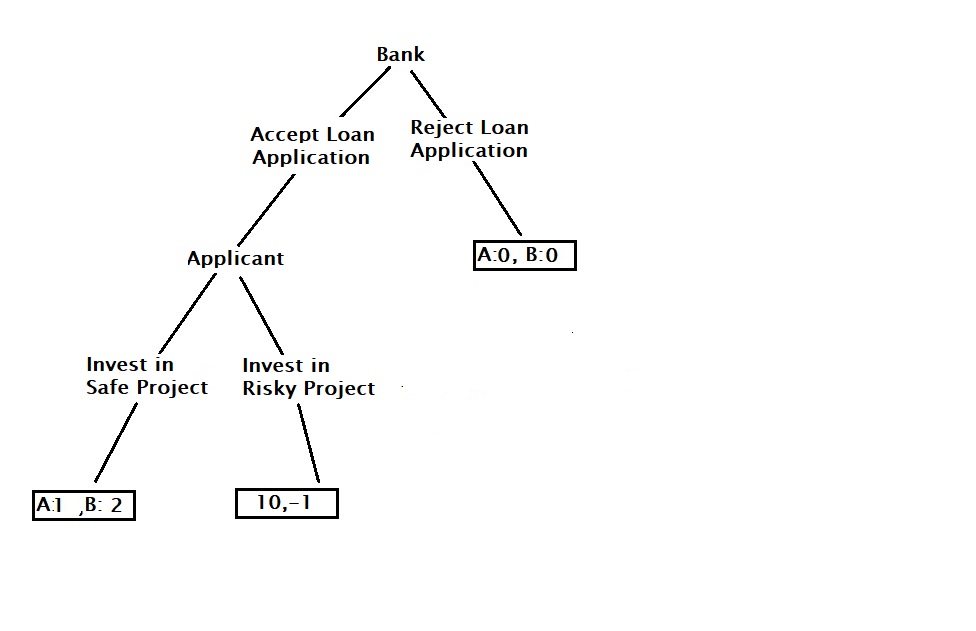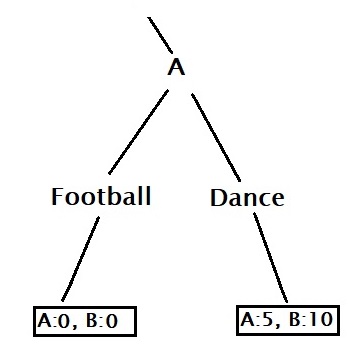We have seen the role of climate models to understand the magnitude of global warming. Almost all of the narratives of catastrophe from the climate commentators go back to the output of climate models. And projections from these models play a crucial role in shaping our collective consciousness and aligning global policymaking to fight against this human-made problem.
Models also contribute to why the subject of global warming gets criticism from the sceptics. To most non-physicists, mathematical models represent fantasy, unconnected to reality. Also, projections are forward-looking, and it is easy to cast doubts in public minds for its alleged function as a crystal ball. Calling such people anti-science is easy but not entirely justified; after all, science too calls for the same; get the evidence and validate your predictions. So how do we validate a model prediction for the future?
Look for the past predictions!
Hausfather and others published a paper in the geophysical research letters in 2019 that exactly went for this. The work looked at various models published between the 1970s to the late 2000s. And what did they find? The team have gathered about 15 model predictions from the past and compared them with the observed data. They found that the predictions were well within the margin of errors of the observations. The models of the 70s, 80s and 90s were pretty accurate to predict the future, which is past by now!
What is a climate model?
A model gives a connection between an input and an output. It’s achieved using the physics of the process and represented through the language of mathematics. In the context of climate change, concentrations of CO2 in the atmosphere is the input, and the temperature rise (or fall) is the output. A typical model estimates the reason for the temperature change, i.e., the radiative forcing or the change in energy flux (the incoming – outgoing energy) on the planet. In other words, if the outgoing is less than the incoming, the temperature rises; otherwise, it falls, simple!
Why is this no news?
There are many reasons why a good match between a model and observations never makes it to the news. But, before getting there: why do you expect the predictions made by the collaborative works of 100s of top scientists to go wrong in the first place? We will explore the answer in another post. Now, let’s come back to why they didn’t become headlines. First, predictions happen today (which attracts news), but the data arrive 5-10 years later. By then, you may have forgotten about the original work! Secondly, matching an expectation does not make it sensational for the news. Imagine this news: “NASA scientists verified the physics of radiative forcing, again”! Third, a good match like this is more of a nuisance to the people who want to believe that climate change isn’t real (or who worry about the need to change the current lifestyle).
One such example is the projections made by NASA’s Hansen et al. in 1988. That story, in another post.
References




